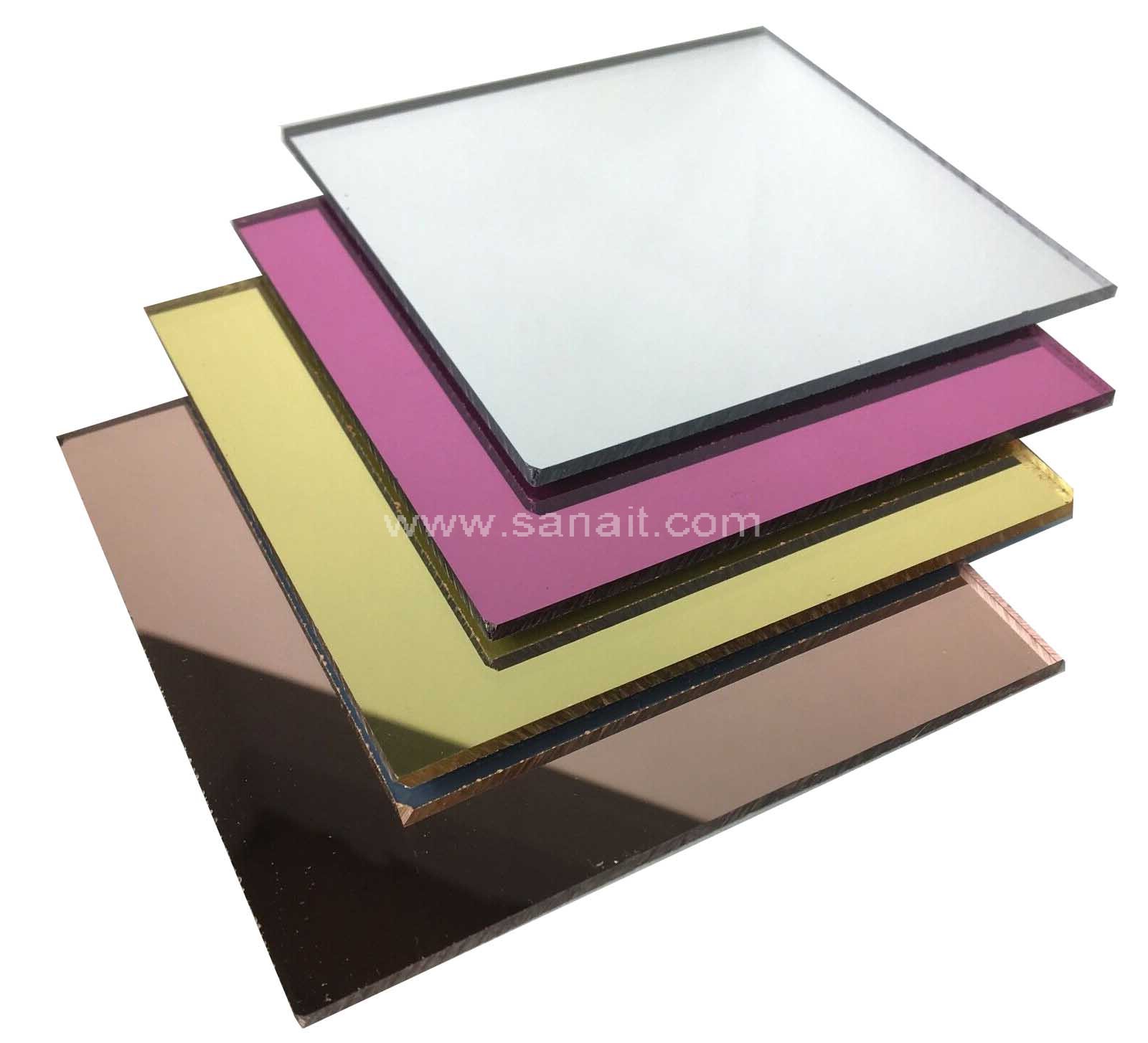Mirrors play a significant role in our daily lives, serving both functional and aesthetic purposes. Two commonly used mirror materials are acrylic and glass. While both serve the same basic function of reflecting light, they differ in various aspects, including their composition, durability, flexibility, and cost. This article aims to provide a comparative analysis of acrylic mirrors and glass mirrors, highlighting their similarities and differences.

Composition:
Acrylic mirrors are made from acrylic sheets, which are derived from a synthetic polymer called polymethyl methacrylate (PMMA). On the other hand, glass mirrors are manufactured by coating a glass surface with a thin layer of reflective material, typically aluminum or silver. The difference in composition contributes to distinct characteristics in terms of durability and flexibility.
Durability:
Acrylic mirrors are known for their durability and impact resistance. Unlike glass mirrors, acrylic mirrors are less likely to shatter or break upon impact. They are approximately 17 times stronger than glass, making them a safer option, especially in environments where there is a risk of breakage, such as children’s rooms or high-traffic areas. Glass mirrors, while more brittle, can still provide durability if handled with care.
Flexibility:
Acrylic mirrors are highly flexible, allowing them to be easily shaped and molded into various forms. This flexibility makes them suitable for curved surfaces or custom designs. In contrast, glass mirrors are rigid and less adaptable to complex shapes. Their lack of flexibility limits their application in certain scenarios, particularly when a specific mirror shape or curvature is desired.
Reflective Properties:
Both acrylic mirrors and glass mirrors provide excellent reflective properties. They offer clear and accurate reflections, allowing individuals to use them for grooming, dressing, or decorative purposes. However, glass mirrors are often considered to provide a slightly higher quality reflection due to the nature of the reflective material used. The aluminum or silver coating on glass mirrors typically results in a brighter and crisper reflection compared to acrylic mirrors.
Maintenance:
Acrylic mirrors are relatively easier to clean and maintain compared to glass mirrors. They are less prone to smudging and can be cleaned with mild soap and water without the risk of damaging the surface. Glass mirrors, on the other hand, require more delicate cleaning methods, as they can easily accumulate fingerprints, smudges, or streaks. Specialized glass cleaners or vinegar solutions are often recommended for maintaining the clarity of glass mirrors.
Cost:
Cost is a significant differentiating factor between acrylic mirrors and glass mirrors. Acrylic mirrors are generally more affordable than glass mirrors. The lower cost of acrylic mirrors makes them a popular choice for budget-conscious consumers or large-scale projects where cost efficiency is essential. Glass mirrors, due to the additional manufacturing processes involved and the higher quality of reflection, tend to be more expensive.
Conclusion:
Acrylic mirrors and glass mirrors both offer reflective solutions for various applications. Acrylic mirrors excel in terms of durability, flexibility, and cost-effectiveness, making them ideal for environments where safety and versatility are paramount. Glass mirrors, although more brittle and rigid, provide a slightly superior quality reflection and are preferred in settings where aesthetics and a higher-end appearance are desired. Understanding the differences between these mirror materials allows consumers to make informed decisions based on their specific needs and preferences.
